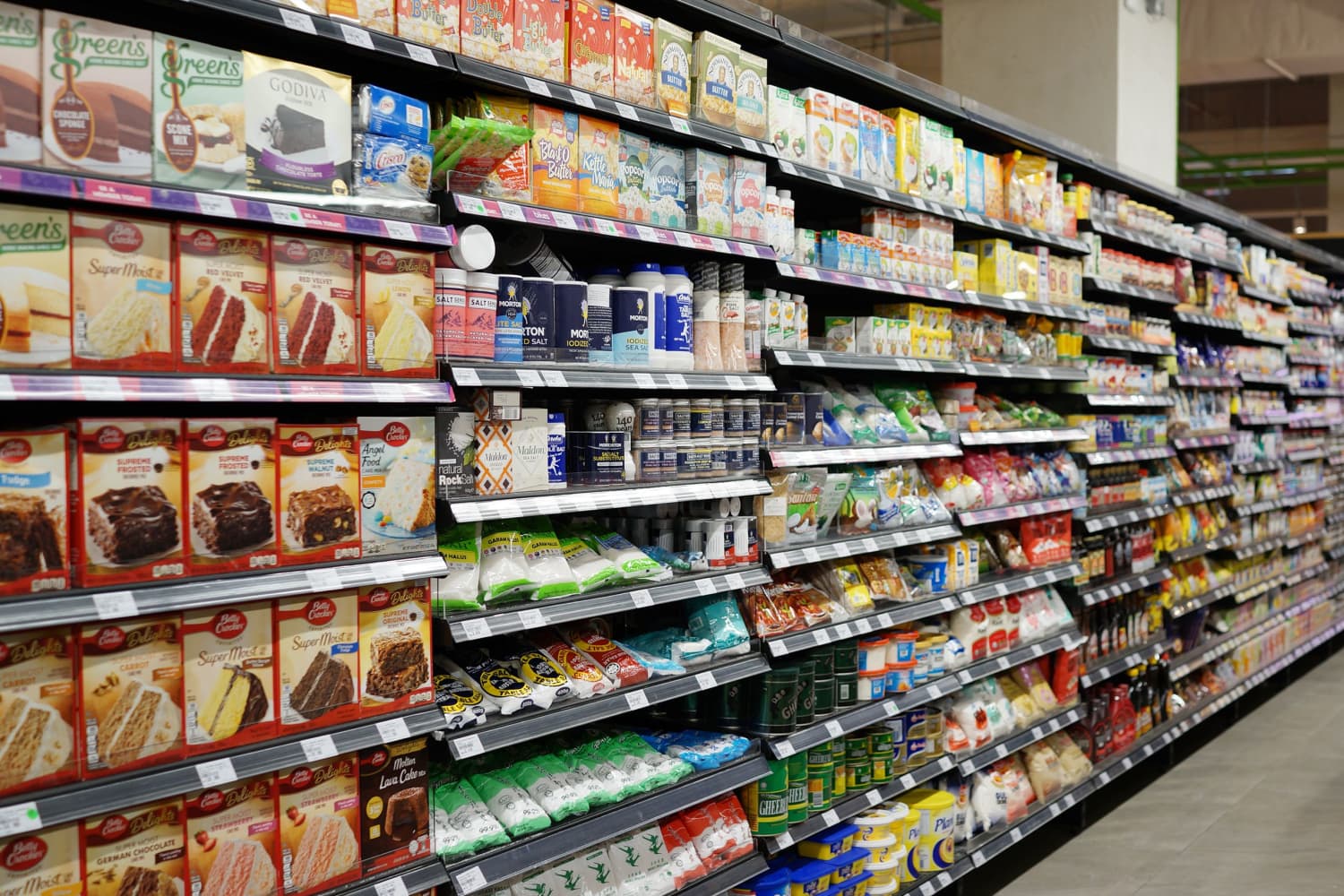During the previous round of shirkflation I warned people about knowing what year a recipe was from because “a can” means something different in 2004 than in 2010. And now it means something different again in 2025.
Now boxes are getting the shrink treatment too.
cross-posted from: https://lemmy.bestiver.se/post/618032



I can’t speak to that book specifically and am not sure what the translation of Australian moneys to Freedom Units is, but 40 bucks for THIS sounds kinda… I wouldn’t go so far as to say “scammy” but I would definitely imply it.
Yes, baking and the like is almost entirely ratios. But you still have to understand how many parts fat and liquid butter is versus shortening versus lard versus… Yes, understanding those ratios makes it much easier to be flexible and you start realizing just how similar so many recipes are (and what the actual contribution of a given developer is). But that is more in the sense that you learn how similar two bread recipes actaully are as you make both.
The best way to actually learn that is to actually just cook and read through the recipes and make tweaks as you go. The second best way is to find instructors/youtubers who understand this and convey it. Kenji is going through some stuff lately but his older videos are spectacular for “Two parts flour to one part water but also this is the texture you actually want because humidity is a thing”. But Brian Lagerstrom (and Ethan Chlebowski when he is focusing more on cooking and less on weird wellness guru’ing) have more than taken up the burden. And while it is a few tiers lower, Made With Lau is actually amazing for learning how to translate “older” recipes into actionable steps.
And if you JUST want the ratios? Just go to the library and grab a few of the foundational cookbooks for a given cuisine and look at the recipes. THOSE are the ratios and… they are generally going to be REALLY close
My favorite ice cream cookbook has like six recipes across 150 pages. It explains why those recipes work the way they do (milkfat percentages and cooking temperatures) and then it’s just variations on the recipes in different flavors. I’ve broken like seven ice cream machines getting it right and it’s been worth it.
That’s a lot of ingredients. How much does it cost to make a quart?
a year
I don’t know if it’s scammy - hard to tell without reading it - but it does sound really incomplete. There are so many variations on fats, liquids, liquids that are fats like oils, different behaviors of fats, the role of proteins like eggs, leavening agents… Maybe the book covers more, but just basic ratios doesn’t seem very helpful.
Completely picking up what you’re putting down regarding the dollar value and if I’m being honest was probably going to find an alternative way to access rather than purchase. Our libraries offer pretty much every book as ebooks on loan and for informational non fiction works you can usually glean the majority of the content through a quick peruse in-store or online synopsis.
Personally I do little baking but have been the primary cook in our household for the past 8 or so years and have been noticing that my dishes have been improving a lot lately due to noticing some ratios (particularly in pasta dishes, carbonara especially) that seem to work really well with what the family likes. These are probably rather personal and the missus does also somewhat despise that I generally never make the same thing twice cause I’m always tweaking things depending on available ingredients & whatnot, basically cooking from experience and feel. So I also agree with what you’ve mentioned around learning from doing and bringing in the look, feel & smell components to aid that learning.
The smell of things has made a huge difference in my cooking as well once I started to pay attention to when I could smell that things were done (mostly bbq and baking) - nothing more disappointing then following a recipe to the letter and coming out with an over cooked lamb shoulder (just one somewhat recent experience).
Why this was interesting was because I’ve realized that having a few ratios/rule of thumbs that relate not just to ingredient ratios but also to cooking times and styles I can be way more flexible and adventurous in my cooking while maintaining mostly consistent flavours and (more importantly) a happy family.
Also realizing the importance of trusting that you know your own appliances/cooking environment best has been helpful lately. Going back to the lamb shoulder comment, the recipe asked for me to have the grill at medium heat or about 150’ Celsius for like an hour. For me to get my bbq up to 150’ took a lot (it’s a six burner, so lots of space) but I was determined to follow the recipe to the letter and instead what I did was I ruined the dish. Everything was telling me that it was too hot (dials were past mid way, fat flare ups, etc) but instead of trusting my instincts and adjusting to my conditions I just blindly followed the recipe.
So yeah, bit of a lengthy comment but love simple ratios like a 3:1 for a vinegarette and feel like I could definitely benefit from some more knowledge in that area to further bolster my cooking skills. I’ll check out a couple of the youtubers you mentioned and go from there, cheers